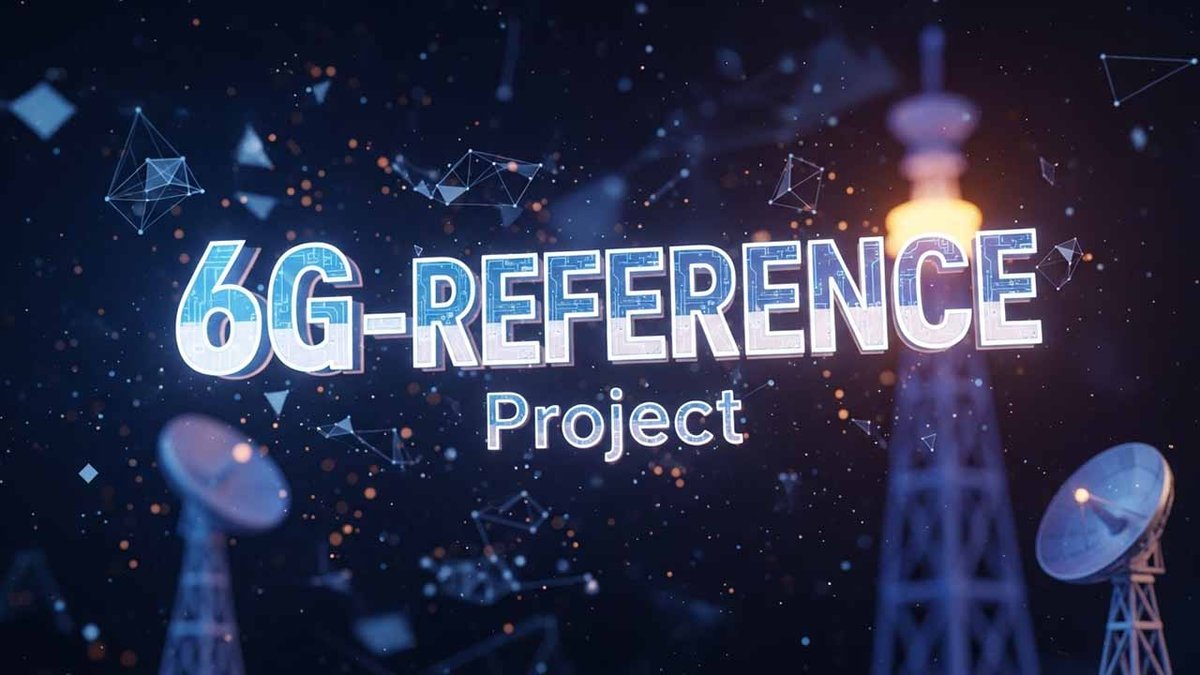
Imagine wandering through a bustling urban plaza where lamp posts, benches, and even trash cans quietly whisper data back to city control rooms—guiding traffic, spotting safety hazards, and tracking air quality in real time. That’s the bold promise of the 6G‑REFERENCE Project, a three‑year European initiative aiming to weave ultra‑dense, cell‑free 6G networks seamlessly into our urban fabric while keeping energy consumption—and carbon footprints—to a bare minimum.
Why Sustainability Must Be at the Heart of 6G
Fifth‑generation mobile networks dazzled us with blazing speeds; sixth generation can’t just be faster, it has to be kinder to the planet. With over two‑thirds of the world’s population projected to live in cities by 2050, wireless networks will shoulder ever‑growing data demands—and thus, power demands, too. The 6G‑REFERENCE team has taken this challenge head‑on, insisting that tomorrow’s networks deliver not only breakthrough connectivity, but also genuine environmental stewardship.
The Vision: Cell‑Free, Coherent, and Clever
At its core, 6G‑REFERENCE believes the future lies in cell‑free coherent communications and sensing. Instead of clinging to traditional “cells,” thousands of tiny radio units spread across a neighborhood act in unison—like an orchestra playing in perfect harmony. This architecture smooths out dead zones, boosts reliability, and, crucially, slashes the energy wasted by big, power‑hungry base stations.
How They’re Making It Real
Under the Horizon Europe banner, ten research and industry partners from eight countries are collaborating to build and test real hardware enablers. They’re developing:
- Integrated circuits (ICs) optimized for the 10–15 GHz band
- Advanced antenna arrays using additive manufacturing
- Dynamic frequency and spatial filtering techniques for seamless spectrum sharing
- Ultra‑low‑power synchronization modules to keep every radio in lockstep
By the end of 2026, 6G‑REFERENCE aims to demonstrate a live, small‑scale urban trial—proof that energy‑lean, sustainable 6G can be more than a lab fantasy.
6G‑REFERENCE at a Glance
| Parameter | Details |
|---|---|
| Consortium Coordinator | Centre Tecnològic de Telecomunicacions de Catalunya (CTTC) |
| Funding Programme | Horizon Europe (Smart Networks and Services JU) |
| Duration | January 2024 – December 2026 |
| Partners | 10 research & industry organizations from 8 countries |
| Target Frequency Range | 10–15 GHz |
| Key Technologies | Cell‑free D‑MIMO, coherent sensing, additive‑manufactured antennas |
| Energy Efficiency Goal | ≥ 40% reduction vs. current sub‑6 GHz hardware |
| Urban Trial | Live demo in a major European city by Q4 2026 |
What Comes Next?
By weaving sensing into every radio link—enabling “the internet of sense”—this project could transform everything from traffic management and environmental monitoring to contact‑free healthcare. And because every component is being designed for simplicity and low cost, these breakthroughs won’t live only in research labs; they’ll have a clear path to tomorrow’s commercial networks.
As data demands skyrocket and cities throb with life, 6G‑REFERENCE is poised to show that speed and sustainability can drive forward, side by side. After all, the smartest networks of tomorrow won’t just connect us—they’ll protect the planet that hosts us all.